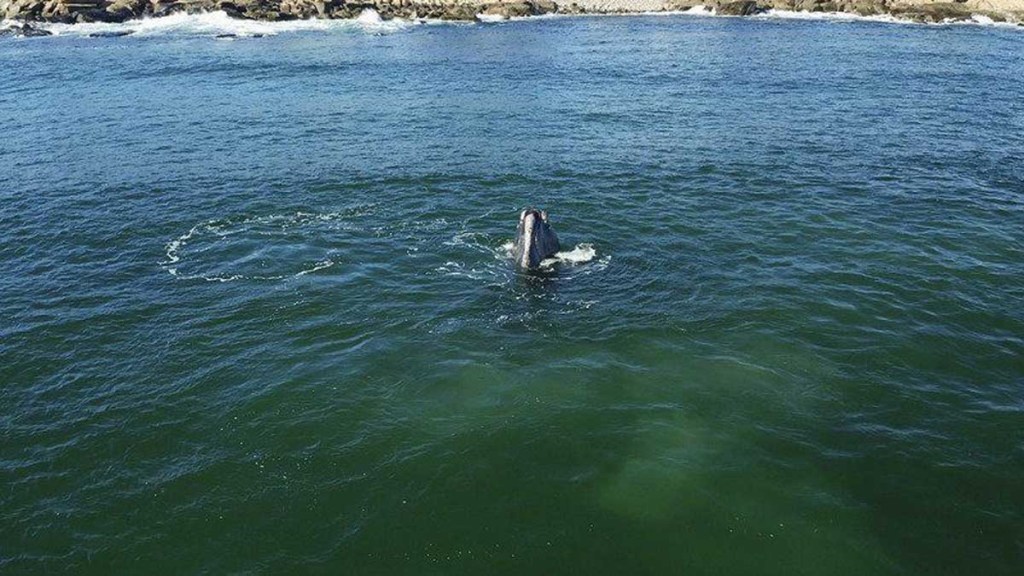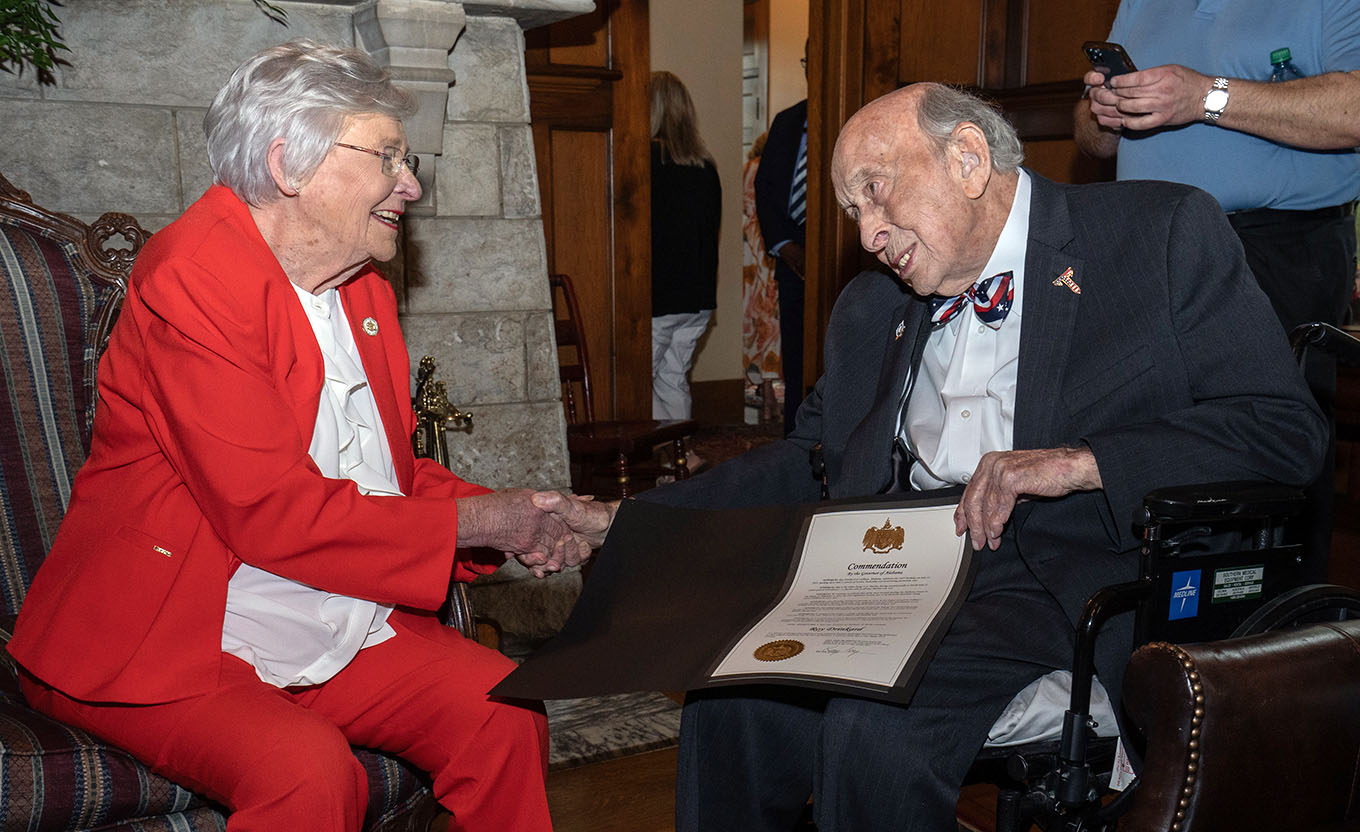Endangered juvenile whale spotted off coast of Massachusetts
Published 12:30 pm Tuesday, December 1, 2015

- A right whale frolics near the Back Shore in Gloucester, Massachusetts on Sunday morning.
On Sunday, residents of a coastal Massachusetts fishing village were treated to the rare sight of an endangered right whale — one of only 500 left — swimming just a few yards off shore.
The right whale, which marine biologists from the federal government and the New England Aquarium on Monday confirmed as a juvenile member of the highly endangered group of aquatic mammals, spent more than an hour cruising the cove waters near Gloucester, Massachusetts thrilling dozens of onlookers and giving them one more reason to be thankful on Thanksgiving weekend.
Trending
“That is really great that so many people got to see it,” said Tim Cole, a fisheries biologist at NOAA’s Fisheries Science Center in Woods Hole and a member of the National Oceanic and Atmospheric Administration’s right whale aerial survey team. “It’s rare for that to happen. They don’t usually get that close.”
The whale, which calmly swam to within about 75 yards of the rocky shore, popped his gigantic head out of the water several times.
Gloucester Animal Control Officer Dianne Corliss was dispatched to the scene just before 10 a.m. after observers alerted the Gloucester Police Department of the whale’s presence so close to the eastern shores of Cape Ann.
“When I got there, someone told me the whale had already been hanging out there for about 45 minutes,” Corliss said. “At first, we weren’t sure if it was a humpback or a right whale. It was really cool to watch.”
Scott Kraus, vice president of research at Boston’s New England Aquarium and a top scientist in its right whale research project, said there are only about 500 North Atlantic right whales left.
It’s not unusual, Kraus said, for the juveniles to spread their fins and go exploring on their own.
Trending
“Juveniles tend to be loners and they really wander around quite a bit,” Kraus said. “They’re kind of like teenage drivers.”
According to National Geographic, the whales received their name from whalers who regarded them as the “right whales to kill on a hunt” because of the value of their oil and baleen plates — the filter-feeding system inside their mouths.
Their intrinsic value led to them being hunted almost to extinction. Today, they are the rarest of the large whales.
The leviathans may grow as large as 53 feet long and weigh as much as 70 tons. They may live to be 100 years old and tend to inhabit temperate waters in both the Atlantic and Pacific oceans.
And at least for a day, one right whale put on a memorable show along the area’s Back Shore.
Horgan writes for the Gloucester (Massachusetts) Times.





